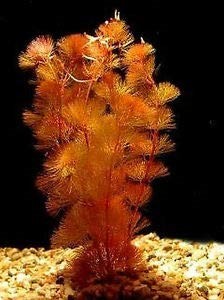Free Courses Sale ends Soon, Get It Now


Free Courses Sale ends Soon, Get It Now



Disclaimer: Copyright infringement not intended.
Context
Details
Cabomba furcata
Kole Wetlands
|
PRACTICE QUESTION Q. Recently, Cabomba furcata was in the news. What is it? 1. A rare species of fish 2. An Aquatic Plant 3. A recently discovered frog species 4. A mangrove plant species Choose the correct code. A) 1 B) 2 C) 3 D) 4 Answer: 2. An Aquatic Plant |
© 2024 iasgyan. All right reserved